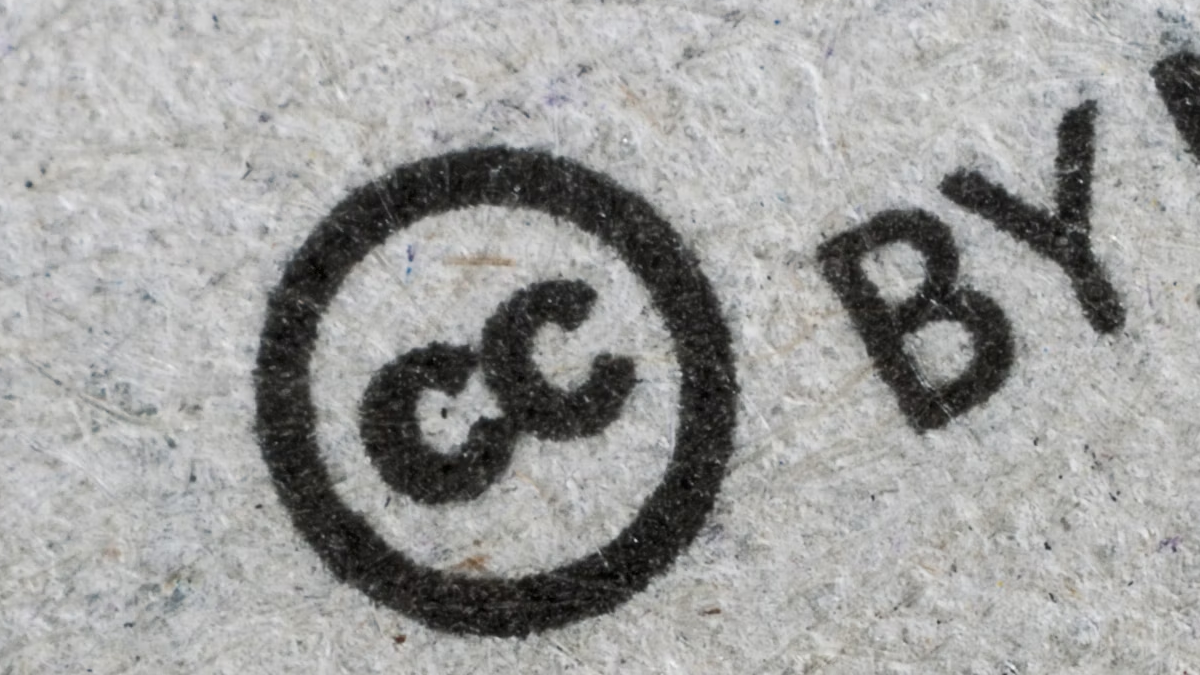Copyrights and trademarks are crucial instruments in safeguarding your intellectual property, yet deciphering which one you necessitate can be bewildering.
The realm of intellectual property can be complex to grasp, yet adeptly navigating through it could signify the distinction between engaging in a fierce courtroom confrontation to defend your legal rights and serenely relishing the rewards of your creative endeavors.
Copyrights and trademarks are often muddled up when it comes to intellectual property rights. For those involved in the production of unique items for the market, grasping the nuances between them is pivotal.
Definitions of Copyrights and Trademarks
Copyrights and trademarks cater to the protection of different kinds of creations. Generally speaking, copyrights safeguard artistic works, whereas trademarks are concerned with brand names, taglines, and logos.
Copyrights mainly secure the rights of individuals who craft literary, dramatic, musical, artistic, and certain other unique works (like history exams, and software programming).
Trademarks may safeguard the usage of a firm’s name and its products, brand identity (like logos), and catchphrases.
Indeed, these two forms of protection are so legally distinct that they’re overseen by separate entities within the federal government.
The U.S. Patent and Trademark Office handles trademarks, whilst copyrights are bestowed by the U.S. Copyright Office.
Elucidation on Copyright Protections
Among the two intellectual property protections, copyright is arguably more straightforward, albeit not simpler.
In the U.S., copyright protection is specifically outlined in our Constitution. In Article I Section 8 of the Constitution, commonly called the “Copyright Clause,” the founding fathers formally recognized a group of rights protecting authors and their many forms of original expression.
If this seems complex, that’s because it is.
Despite their goal to shield creative outputs, their phrasing left a significant portion of copyright law open to interpretation.
Since then, courts and legislators have strived to demarcate the laws surrounding copyright protection.
Moreover, academics have expended years and a plethora of volumes in disentangling the intricate mesh that has evolved over time.
Fundamental Elements of Copyright
Thankfully, several fundamental components constitute the basis of the actionable information one needs to comprehend his basic rights under copyright.
Rights
Copyright protection grants the copyright holder exclusive rights to print, exhibit, distribute, and perform the work. Furthermore, the holder possesses the exclusive rights to publish and broadcast the work on the Internet.
Originality
For a work to qualify for copyright protection, it must be original.
Tangible Form
A copyrighted work needs to be “fixed in a tangible medium of expression.” While this may sound technical, it’s crucial to grasp.
Essentially, the work must be embodied in some permanent form, like a book, map, chart, print, dramatic work, sculpture, film, sound recording, or computer software.
Duration
Copyright typically lasts for the lifetime of the author or creator, plus seventy years and can extend to the performance, display, and web transmission of the work in question.
Explanation of Trademark Protections
Enacted by Congress in 1946, trademark protections are relatively newer than copyrights. Although predominantly seen as safeguarding companies and their commercial interests, at their inception, trademarks were also viewed as a consumer protection mechanism.
To protect the consumer’s interests, trademark law prevents the use of a recognized mark or brand by anyone other than the trademark holder. A court determines the extent of trademark protection by assessing whether a consumer is likely to be confused by the use of the brand or symbol.
Trademark Application and Scrutiny
The trademark registration procedure is meticulous. Attorneys at the U.S. Patent and Trademark Office are renowned for their detailed examination of applications.
Besides verifying that an application comprises the necessary supporting documents, an examining attorney evaluates whether the proposed mark conflicts with existing trademarks.
If it’s too akin to other marks, the application is either sent back to the applicant with requests for modifications and revisions or declined.
Hence, for many contemplating a trademark application, conducting a trademark search is a judicious move.
Such searches confirm that a proposed trademark is sufficiently distinct compared to federally recognized trademarks. In fact, an exhaustive search might span beyond the federal trademark database to include all 50 states, Canada, Europe, DBA filings, and more.
Understanding copyright and trademark protections is vital, and when properly comprehended, they can be leveraged to effectively safeguard products and artistic creations. Knowing the extent of your rights and how intellectual property protections operate can aid in maximizing your work and averting expensive and arduous legal disputes.









Leave a Reply